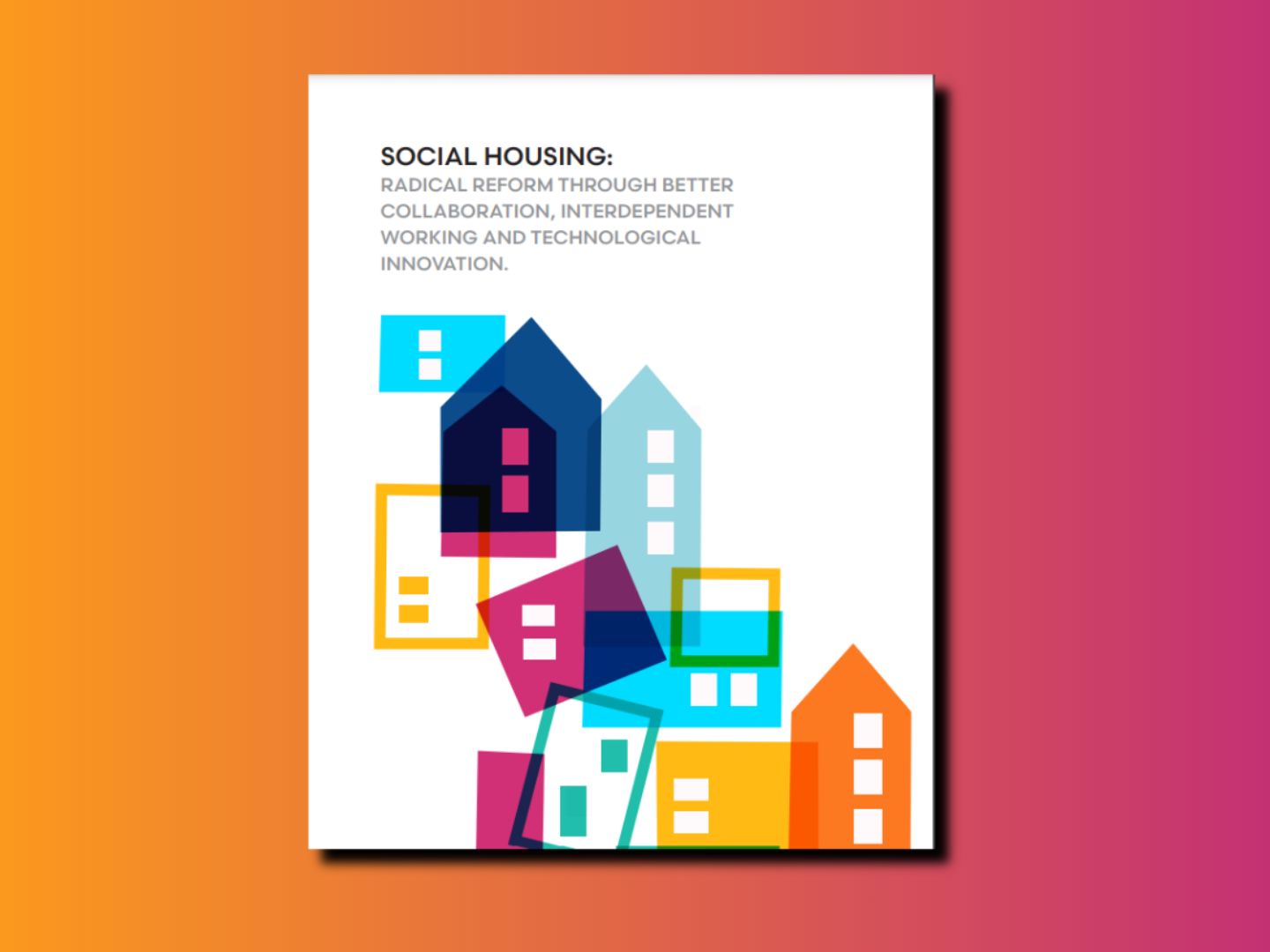The main news being that the government is setting up four task and finish groups to come up with the new framework and we now have the prospect of a Green Paper in spring 2017, a year of shadow arrangements in 2018, then all systems go in 2019.
There is nothing new in the proposals that wasn’t flagged in Damian Green’s statement on 15 September. We are no further forward on understanding how the new system will work and all the questions raised by the statement in September have been passed on to the task and finish groups. This is a heavy burden to place on these individuals, and the outcome will depend on who they are and their perspective on supported housing. If they do their work well we will have a system that:
Is integrated with other funding streams – the proposals will be adding another funding stream to the already complex mosaic of supported housing funding. For some schemes the funding could involve local housing allowance rent and service charges via universal credit, Supporting People contract funding, care funding or elements of personal budgets/direct payments, non-eligible service charges and the new top-up funding.
Is integrated with other commissioning – we could have a system where joint commissioning with health and social care happens across the pathway of support and care and health. Experience tells us this will be hit and miss – depending on how commissioning is already being integrated and how well councils, health trusts and clinical commissioning groups work together already.
Allocates funding to local authorities accurately – there is a job here to unpick every single supported housing rent and service charge, pull out the top-up element, aggregate it by local authority and provide an indicative budget. This is assuming the decision on which bit of local government will have charge of the funding is easily agreed.
Has a quality and value for money mechanism that does not overburden providers or the local authorities that will oversee it, and is meaningful for service users.
Has a clear approach to short-term emergency accommodation funding – one that is easy to access for service users when they need it and supports the organisation’s cashflow. This should be a streamlined system – an in-advance or block-funded model – not a deficit funding model.
Enables growth in services to meet growth in need – for example, extra care and aspirational sheltered housing to meet the needs of a growing older population, independent living services for people with learning disabilities.
We travel hopefully – we have to because the alternative is chaos and dislocation. I can’t be the only one who is thinking we have already been down this road before with Supporting People (see below: Supporting People lessons). We’re here again because the ring fence was removed, and because supported housing as non-statutory, preventative provision was easy to cut by local authorities whose funding was decimated at a time when social care needs were growing.
The resurgence of intensive housing management is a direct consequence of these issues, as well as the desire to fund independent living schemes to meet clients’ increasing aspirations, and the perceived over-burdensome Supporting People system as it was applied to sheltered housing.
Perhaps the task and finish groups should dust down the old Supporting People system, take from it what was learned by implementing it, learn from previous mistakes when designing this new system and update the arrangements to meet our current and likely future reality. Perhaps this will save everyone time, effort, and money in the longer term…perhaps.
Supporting People lessons
The Supporting People programme has some key lessons for the current supported housing consultation:
• a five-year lead in period
• a strong leadership from the DCLG
• a three-year post-implementation review process
• a national process for disaggregating support costs from rent and service charges with many iterations before the final allocation was made to each local authority
• commissioning bodies to integrate commissioning across councils, probation and health (with varying success)
• a national quality and value for money framework
• a funding distribution formula – based on population models and prevalence of need (this was never implemented)
• an initial ring fence to protect provision
To view the Funding for Supported Housing consultation paper, visit:
https://www.gov.uk/government/consultations/funding-for-supported-housing
Liz Zacharias is a Consultant at Campbell Tickell. For more information or to discuss this article, please contact: liz@campbelltickell.com



